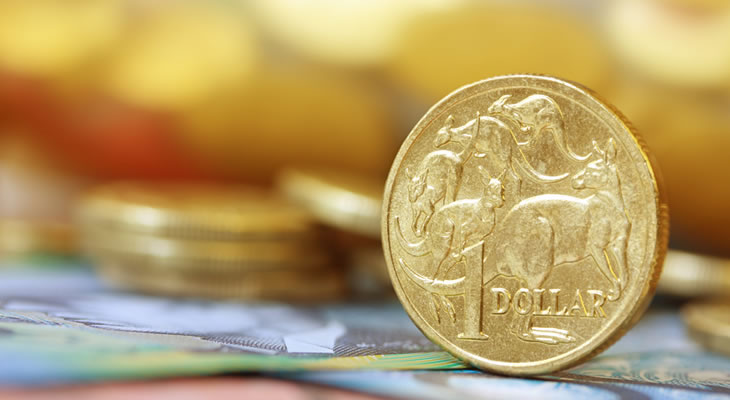After a bullish UK services PMI rounded out a trio of solid surveys the mood towards the Pound remained generally positive, despite fresh signs of rising inflationary pressure.
The positive PMIs raised hopes that the UK economy has rebounded from its disappointing performance in the first quarter, even as consumer spending appears increasingly pressured.
Even so, as mortgage approvals weakened further than forecast in March the outlook of the domestic economy is not entirely optimistic at this juncture.
Unless hard data also points towards a stronger UK economy then Sterling is likely to struggle to make particular headway against its rivals.
Deteriorating relations between UK and EU officials have equally weighed on the minds of investors this week.
As the chances of Brexit negotiations ending without a new trade deal in place seemed to increase the outlook of GBP exchange rates naturally softened.
If Theresa May continues to adopt a hard line of rhetoric the Pound Australian Dollar exchange rate could slump as the uncertainty of Brexit continues to hang over the domestic economy.
While no change in policy is forecast for the Bank of England’s (BoE) May meeting Sterling is likely to see increased volatility ahead of Thursday’s event.
Any indications of greater hawkishness from policymakers could give the Pound a strong rallying point, although the BoE is unlikely to return to an explicit tightening bias in the near future.
Confidence in the Australian Dollar has weakened markedly in recent days, with risk appetite generally weighed down by the rising odds of an imminent Federal Reserve interest rate hike.
The appeal of the antipodean currency was also eroded by underwhelming home sales and trade balance figures, with the surplus having narrowed further than forecast in March.
Investors were not encouraged by the Reserve Bank of Australia’s (RBA) latest statement on monetary policy, in spite of some stated optimism over the outlook.
As Jane Foley, Senior FX Strategist at Rabobank, noted:
‘Although CPI inflation picked up to above 2% in Q1, core inflation remains low in part reflecting the weakness of earnings growth. Earlier this week the RBA confirmed steady policy as expected and indicated that the RBA is in no rush to alter monetary policy settings either way.’
This prompted the GBP AUD exchange rate to climb to its highest level since September, although it fell back a little ahead of the weekend.
Weaker commodity prices are also expected to limit the appeal of the ‘Aussie’ in the near term, particularly if the US Dollar remains on a bullish trend.
A rebound in March’s retail sales figure could encourage investors to buy back into the Australian Dollar, though, with an uptick in the Westpac consumer confidence index also likely to improve its appeal.


Comments are closed.